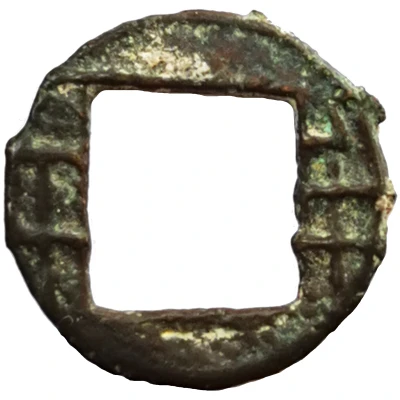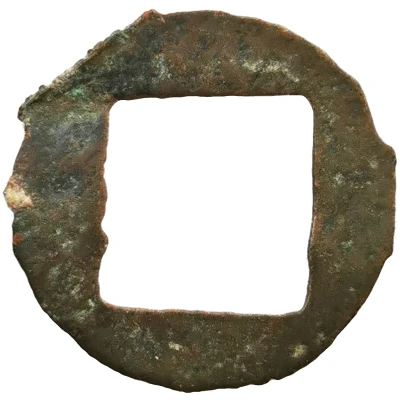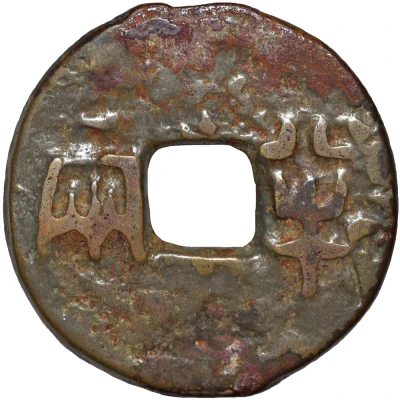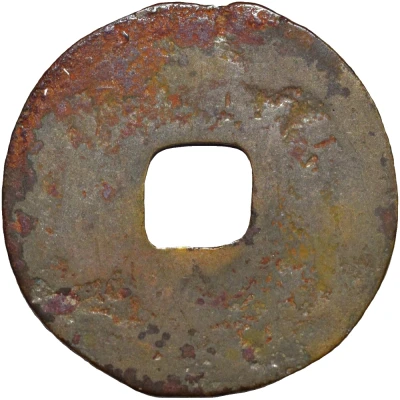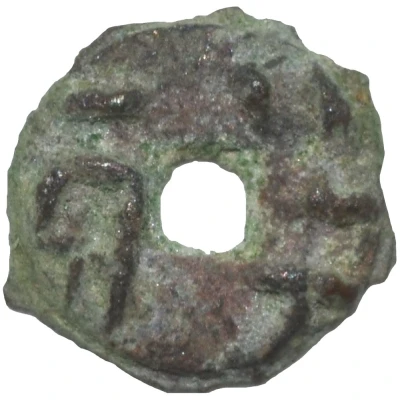
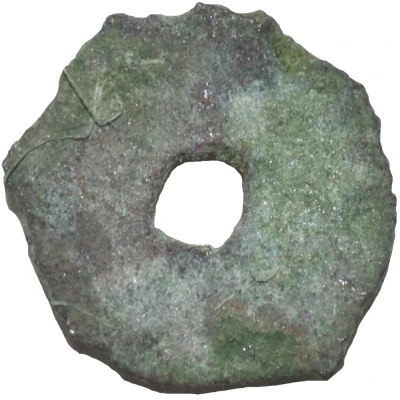

© Fred Cherrygarden
½ Liang Tiny type 200 BC - 118 BC
| Bronze | 0.06 g | 6 mm |
| Issuer | China (ancient) |
|---|---|
| Period | Western Han Dynasty (202 BC - 8 BC) |
| Type | Standard circulation coin |
| Years | 200 BC - 118 BC |
| Value | ½ Liang |
| Currency | Liang (300-118 BC) |
| Composition | Bronze |
| Weight | 0.06 g |
| Diameter | 6 mm |
| Thickness | 0.5 mm |
| Shape | Round with a square hole |
| Orientation | Medal alignment ↑↑ |
| Demonetized | Yes |
| Updated | 2024-10-09 |
| Numista | N#284358 |
|---|---|
| Rarity index | 94% |
Reverse
Blank (uniface).
Edge
Plain
Comment
This exceptionally small type was discovered in Gansu Province in 2004, reportedly authenticated by Roger Doo and sold by Bob Reis (Anything Anywhere and Golden Rule Enterprises). Attributed to the Western Han dynasty, this type is not listed in major reference catalogues because most catalogues predate the discovery itself.The small size seems consistent with the Western Han dynsaty as the Ban Liang was reduced in weight frequently and often not actually weighting half an ounce.
Interesting fact
One interesting fact about the Standard circulation coin ½ Liang (Tiny type) from ancient China is that it was used as a form of currency during the Han Dynasty, which was a time of significant economic growth and cultural development in China. The coin's small size and light weight made it easy to handle and transport, and it was likely used for everyday transactions and purchases. Despite its small value, the coin was made of bronze, which was a valuable metal at the time, indicating the importance of currency in ancient Chinese society.
